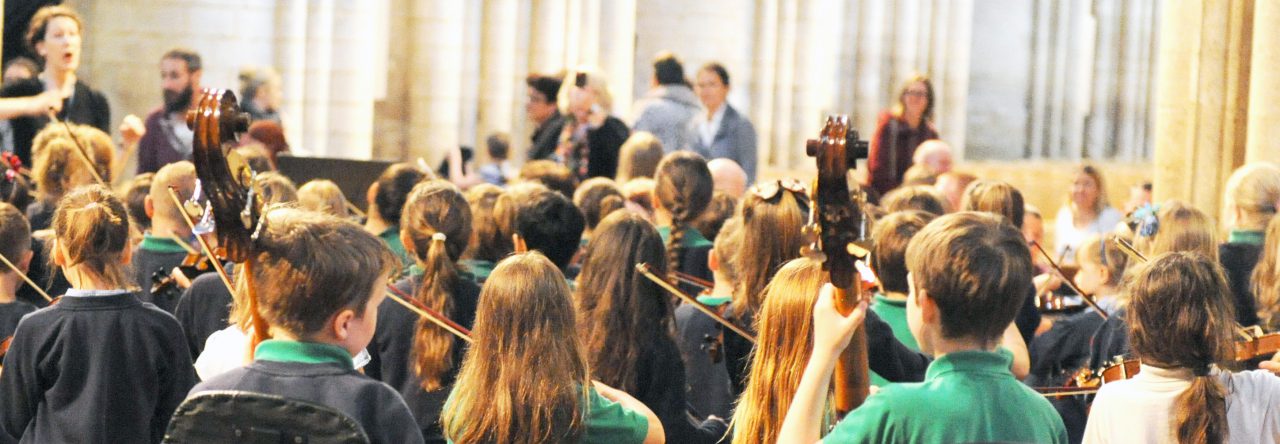I have been interested to see which of my blogs have been most read over time. There are two that stand out and still draw in readers daily. The one ‘representing musical experience’ written in honour of Jerome Bruner and providing deep insights into the bridges between musical experience and the ways in which we represent it through enactive, iconic and symbolic means. If you want to discuss musical notation acquisition then this is one place to start.
The other, ‘what is musical autonomy’? gets the most read prize.
There are three points that should be added in republishing this blog.
- It is not about ‘musical autonomy’ understood as the contentious aesthetic concept that raises music above its social-cultural existence. That is quite a different thing to
- The idea that we can become musically autonomous beings with the agency to act independently musically. Much lazy talk within music education latches on to this and that was my motivation for the blog. Perhaps the title was disingenuous.
- The blog deals with the educational aim of achieving rational autonomy. One obvious critique of this position is its rejection of human interdependence.
What is musical autonomy?
If a goal of education is to develop self-governing critically engaged citizens, and if this is considered fundamental to making a democracy, then there needs to be a carefully considered balance between autonomy and heteronomy. These are big ideas. First autonomy.
The idea of ‘autonomy’ emerged from the 18th century Age of Enlightenment, that time when we came to understand ourselves a bit better and imagined that with the aid of rational thought we could make progress and achieve a more perfect state of humanity. Most haven’t given up on this despite disappointments. [1]
The idea of being an autonomous human being is very attractive. We take this to mean that we exercise the capacity for self-government. Our actions are truly our own. We have agency and we can act authentically. [2] Music teachers like the idea of pupils having autonomy over their music-making. Autonomy is thought to be a good thing and a worthy goal.
But autonomy has an antonym, heteronomy, meaning ‘under the will of others’. This is interesting because until recently it was under the will of others that autonomy was thought to be achieved – the will of the school, the teacher, peers, examination boards, for example.
Education’s big idea, the achievement of what has been called ‘rational autonomy’, expected a submission of the will to the authority of the past, its store of knowledge, know how and the formalities of the school.
This noble educational goal was to bring students to a point of rational autonomy through taking them beyond what they already knew or felt at home with. Education released the student from being bound to their immediate context and limited experience. Their thinking would become ‘context independent’. It was the school and the teacher who were vested with the authority to mastermind this process.
Despite a common conviction that the music teacher can take their students from what they know (i.e. their music) to what they don’t know, this process of musical enlightenment has not proved successful for the majority.
Now it is argued that heteronomy must give way to autonomy in order to make space for musical critical thinking and reflection to be achieved, and that this requires space in which students are able to express their opinions and to participate in the making of their musical cultural environments. [3]
While there is currently much energetic and enthusiastic rebalancing of the autonomy-heteronomy scales, little attention has been paid to defining the curriculum in these terms. The focus has been on pedagogy. [4]
In Ronald Meighan’s view the place to start is to be clear about how the curriculum is defined. A conception of curriculum precedes pedagogy. [5] Three possibilities are offered.
Consultative Curriculum
Imposed programme; student given regular opportunities to input thoughts and feelings. Feedback can be reflected upon by the teacher and modifications made.
Negotiated Curriculum
Power sharing between teacher and student is increased, and where a common understanding is developed between both about the course of study that is to be undertaken
Democratic Curriculum
The learners create, deliver and review their own curriculum.
In the book ‘Masterclass in Music Education’ secondary school music teacher Eleanor Vessey analyzes the move from a consultative to a negotiated curriculum. [6] A remarkable degree of trust was built up between teacher and pupils opening up the possibility of an ongoing mature dialogue about how the curriculum might unfold. The teacher’s authority was enhanced. The pupils became self-governing and critically engaged and on the road to achieving musical autonomy. The Democratic curriculum beckons.
Meighan’s model may be more useful than the ‘Informal, Non-formal; Formal’ one.
Notes:
[1] The Enlightenment project, as it is called, has come under severe criticism expressed in the move from modernity to post-modernity. Adorno and Horkheimer’s ‘The Dialectic of the Enlightenment’ argues that the dominance of scientific rational thinking has served to dehumanize and instrumentalize society. Christopher Small’s seminal work ‘Music, Society, Education’ critiques the tradition of Western European music as being hidebound by scientific rationality.
[2] The idea that we are free to act authentically is of course challenged.
[3] See ‘Music Cultural Pedagogy in the ‘’Network Society’’’, Winfried Sakai at http://jets.redframe.com
[4] One example of the emphasis on pedagogy is Lucy Green’s influential ‘Music, Informal Learning and the School: A New Classroom Pedagogy’.
[5] See Meighan, R. (1988) Flexi-Schooling. Education for Tomorrow, Starting Yesterday. Ticknall, Education Now Publishing Cooperative.
[6] See ‘Masterclass in Music Education’, (Eds) Finney, J. and Laurence, F. 2013, Bloomsbury.Advertisements
Occasionally, some of your visitors may see an advertisement here,
as well as a Privacy & Cookies banner at the bottom of the page.
You can hide ads completely by upgrading to one of our paid plans.
